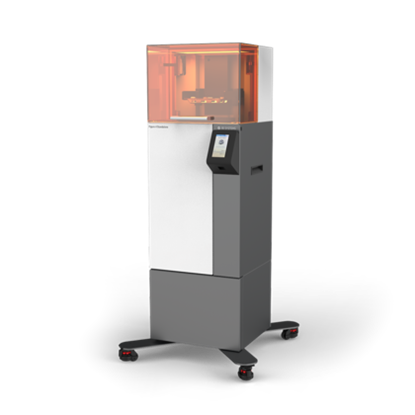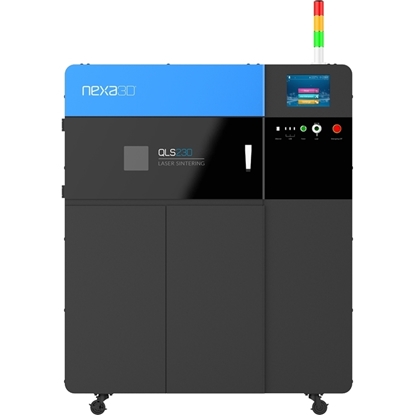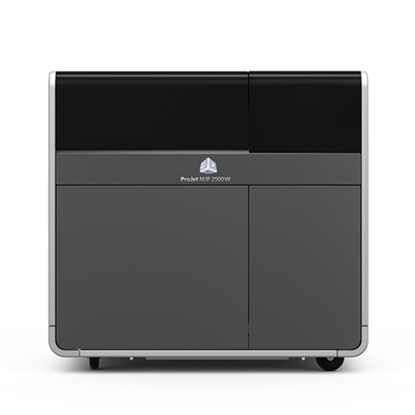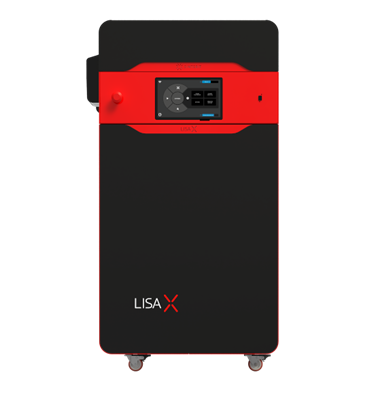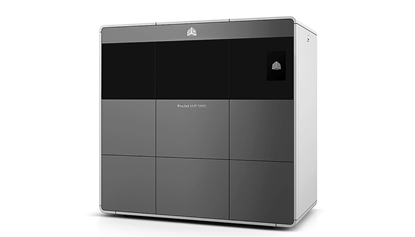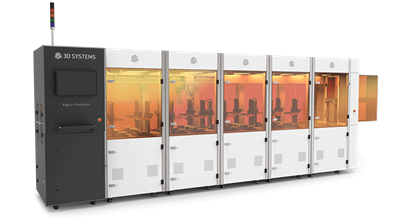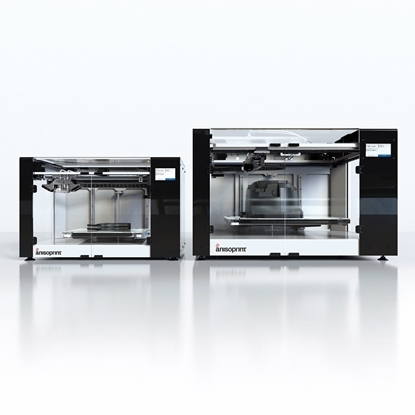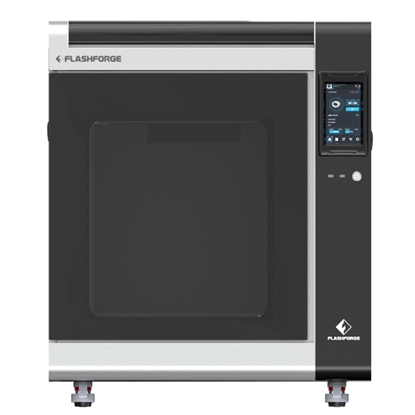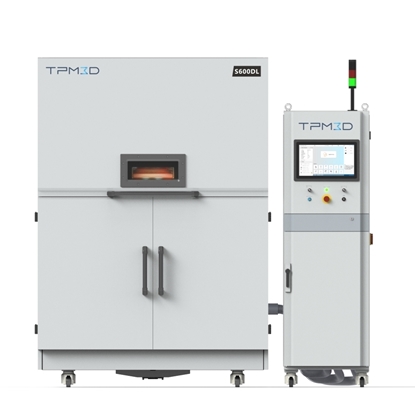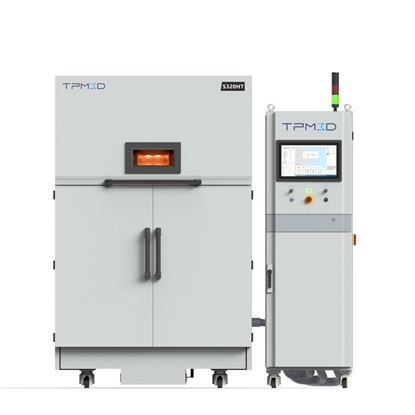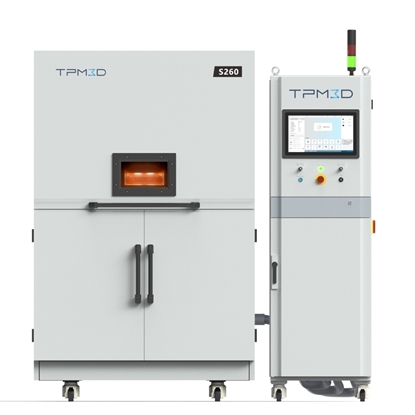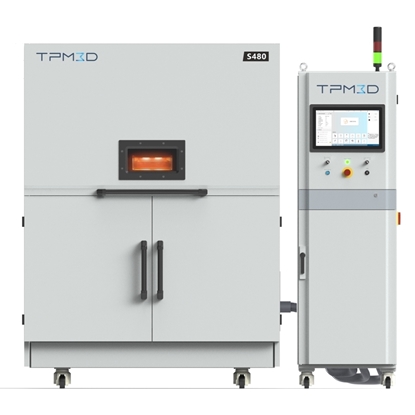Plastic 3D Printing
From your office to the factory floor, our plastic 3D printers generate concept models, precision and functional prototypes, master patterns and molds for tooling, and real end-use parts to optimize your designs, streamline your workflows and bring innovative products to market faster. With 3D printing you can create models out of many different materials. The most common are thermoplastics, but there are many different ways to 3D print plastic.
Fused Filament Fabrication (FFF also known as Fused deposition modeling- FDM), is the most common technology used to 3D print in plastic. The basic principle is to deposit layer upon layer of plastic until you reach the final 3D object. What 3D prints are used for depends on the material, but many FDM 3D printed plastic parts are great for prototypes, rough spare parts and tools.
If you’re looking for a smooth surface and high precision models, Vat photopolymerization technologies (Figure 4, DLP, SLA) are for you. This technology uses light source to harden liquid resins, creating the final object layer by layer. There is a variety of resin, such as rigid, elastomeric, castable, high temperature and with significant mechanical properties.
MultiJet technology produces 3D prints by rapidly spraying and curing liquid photopolymer in a layer by layer fashion. The resin is applied using an inkjet printing head. The result high surface quality, high detail with rigid, engineering and elastic materials. Also, the support material is wax which can be easily removed, and eliminates the risk of damaging the object while you remove it.
Selective Laser Sintering (SLS) uses powdered material as input, selectively fusing particles together, layer by layer. 3D objects printed using SLS are very dense and have very high stability. This 3D plastic printing technology is great for spare parts, prototypes and functional components.
- 1
- 2


- 1
- 2










